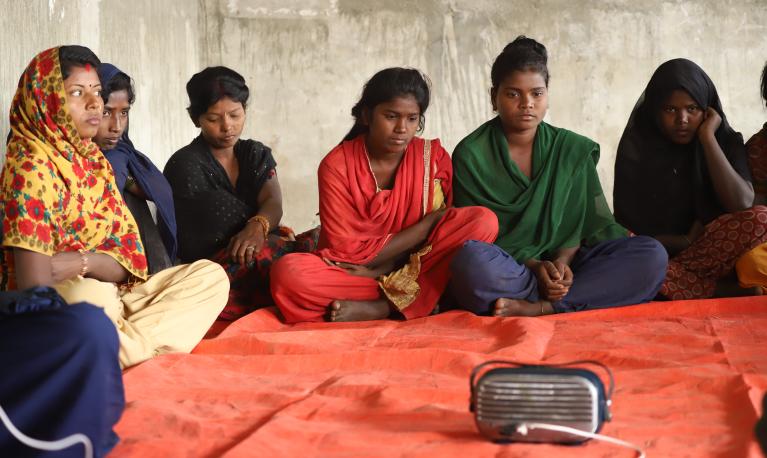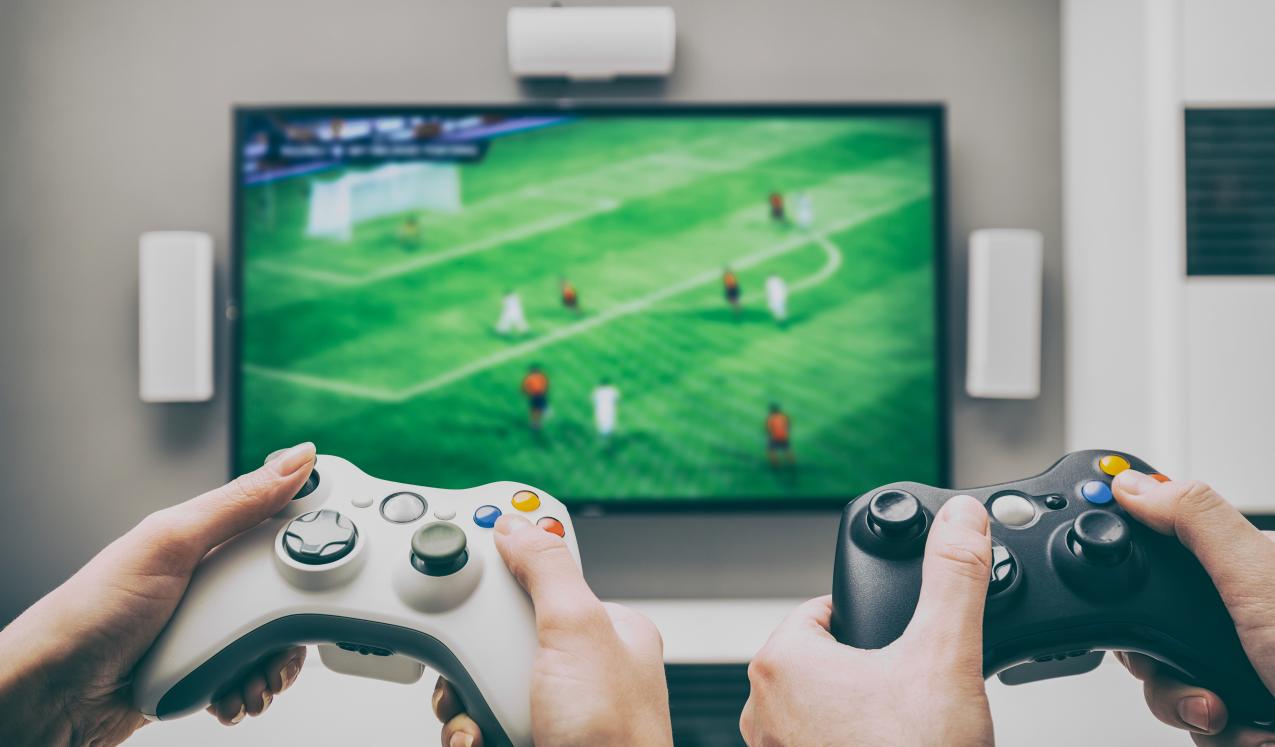
- Interview
- 15 December 2021
The role-modelling power of storytelling: interview with Helen Wang on how edutainment can help to shift norms
- Author: Faria A. Nasruddin, Helen Wang
- Published by: ALIGN
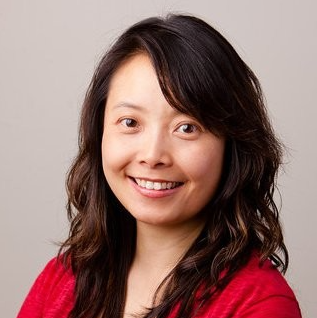
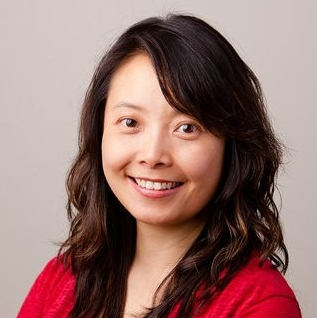
About Helen Wang
Helen Wang is an associate professor at the Department of Communication, University at Buffalo, The State University of New York. Her research interests include digital technologies, social networks, health promotion and social change. Helen is passionate about leveraging innovative strategies such as entertainment-education, transmedia storytelling, positive deviance and liberating structures to improve the well-being of individuals, groups and societies at large, and has contributed to interdisciplinary projects funded by the U.S. Department of Health and Human Services, Canadian Social Sciences and Humanities Research Council, the National Institutes of Health, the National Science Foundation, Robert Wood Johnson Foundation, and Annenberg Foundation among others.
Why the fascination with entertainment-education – or edutainment?
"My training comes from this field called entertainment-education or edutainment, as people call it now. I’ve been a student of edutainment for 16 years.
At the start of each new academic year, I talk to new graduate students and share my story of how I came across edutainment as a first-year doctoral student at the Annenberg School for Communication and Journalism, University of Southern California. I heard about this talk called ‘Entertaiment-Education for Social Change’, with a subtitle that read, ‘a fun journey with Ev Rogers’.
I thought, ‘Oh, I’m here to be a serious scholar! I didn’t know my work would be fun!’
The talk covered my favourite keywords. I had studies digital media for communication in my Master’s program. I had also studied educational technologies, so education is a big part of this for me and it’s not just about using technologies for entertainment purposes.
Now, almost 16 years to the day, I count myself as being fortunate to have met so many pioneers in this field. Edutainment is recognized as a field of scholarship and practice, based on the four key elements that go into it: the design, the production, the implementation, and the evaluation of its impact. I just feel very grateful that I have so many colleagues and mentors, and so many opportunities to work with amazing leaders, thinkers, and doers in different contexts.
What have been the recent landmarks for you?
"Some of my recent projects include East Los High, Main Kuch Bhi Kar Sakti Hoon, and BREAKAWAY. East Los High is arguably the first transmedia edutainment. It starts with a teen drama series on Hulu, one of its earliest original series, then extends the narrative content across nine other digital platforms to further engage the audience with the main characters and health issues. I was fortunate enough to co-lead the evaluation of the first season, highlighting how to promote sexual and reproductive health, safe sex and abortion rights among the Latinx population in the United States. It’s now received many accolades, including five Emmy nominations.
Main Kuch Bhi Kar Sakti Hoon (I, a Woman, Can Achieve Anything) is an initiative from the Population Foundation of India. The main stories were told on television in the form of a serial drama which was then adapted on 216 All India Radio stations and other community networks. I helped to lead the assessment of the first two seasons of this relatively new way of leveraging India’s interactive voice response system to engage massive audiences in real time to get their feedback, give them a platform to voice their opinions and share their stories. During the third season I and my senior collaborator, Dr. Arvind Singhal, were more involved in the design of the messaging and reframing of stories related to gender norms. We were able to try several innovative strategies, both on the design side and also on the evaluation side, in terms of research.
BREAKAWAY is a soccer role-playing game purposefully designed by the Champlain College Emergent Media Center in collaboration with the Population Media Center to educate youth around the world about violence against women/girls. It is the first adaption of Miguel Sabido’s methodology, commonly used in edutainment radio and television drama series. BREAKAWAY is free and uses soccer as a global language to educate boys and girls worldwide about violence against women and girls, gender equality, and respect. It was originally funded by the United Nations Population Fund as part of the UNiTE Campaign to End Violence Against Women. The game was launched during the 2010 FIFA World Cup and has since spread to 180 countries and has been translated into four languages. It uses the positive and negative characters in the game as role models to take the players on a journey and learn from realistic scenarios and choices they make to understand gender bias and gender-based violence. BREAKWAY youth camps allow adolescents play this game and engage them in group discussions and activities guided by trained facilitators. We have conducted research in El Salvador, the United States, and now in Guatemala.
I’ve extended my work from women, young adults, and children to refugees over the last three years or so. I’ve worked with organizations to look at how edutainment can be leveraged to engage young refugees who are being resettled and adapting to the new culture in the United States, helping to promote sexual and reproductive health and rights.
Gender is a theme across all of these projects. Very often, this theme relates to sexual and reproductive health or gender equality or women’s empowerment.
What potential do you see for broadcast media to contribute to change in gender norms? Why? What facilitates – and what impedes – the impact of broadcast media in this area?
"When I reflect on the projects that I have been so deeply involved over the last several years, I find the common thread is that they often have female protagonists. And this is part of the answer to your question in terms of the potential for broadcast media to contribute to change in gender norms. It’s the role modelling in the power of storytelling.
Some people might say people from the creative industry have good intentions, but now we have a whole umbrella-term for social impact entertainment in the industry, which is great.
When we look at media, be it broadcast or digital media or interactive, immersive media the power of entertainment media is linked to the kind of deliberate effort behind the scenes to seamlessly incorporate these health and social issues that are so entrenched in our everyday lives.
This is 2021, are we still talking about this?
I go to different communities and conferences and talk about Main Kuch Bhi Kar Sakti Hoon with different audiences who ask, ‘This is 2021, are we still talking about this?’ Yes, we are! We are still talking about gender norms and inequality and a whole host of their manifestations in different communities.
A simple recommendation is to consider incorporating female role models in the storylines. When you decide how this role model is going to behave, there are new behaviours, but effective behaviours, that can be portrayed in the production. It’s best when these decisions are based on wisdom from the local communities. We know it’s already working, but sometimes the change is so small and invisible most people don’t know it’s possible.
The power of broadcast media, in particular, lies in its reach to so many people, hundreds of thousands, if not millions of people to improve, for example, the broadcast market in India, which is still very regressive in its portrayal of gender issues. Audiences should have the opportunity to immerse themselves in storylines and encounter characters they can resonate with. They need to be able to put themselves in the shoes of these characters and understand what they are going through, their perspectives, and why they make certain decisions. They may come to understand that their own day-to-day reality is not their only option: that there are alternative ways to look at things and take action, knowing that they are not alone. There are many layers to the way in which you role model strong women.
How can we measure the impact of efforts by broadcasters and other media actors to change gender norms, whether quantitatively or qualitatively?
"As a scholar and practitioner, I work closely with some of the designers and creators of these initiatives. I try to leverage the potential of creating conditions to facilitate positive change. One thing we do, especially in recent years, is to work more closely with creative writers and producers to frame normative messaging in narratives. We use our formative research to provide input.
One thing we’ve tried in season 3 of Main Kuch Bhi Kar Sakti Hoon is markers. Markers are unique terminology or imagery or behaviours that represent the positive framing of the issues. For season 3, for example, this is related to family planning. We incorporate markers into the storytelling, and they are introduced by the main characters in dialogue and in the main plots. Then, we keep track of them in terms of the uptake – be it using conventional survey methods or digital tracking method: hashtags, custom Facebook frames, memes, videos. This helps to reinforce your messaging when it comes to gender norms and also helps us to boost confidence in that we know it is our programme, not other competing efforts, that is making a difference.
We use markers for evaluation in different ways. We have used conventional surveys, for example: in-person surveys that include an image from the show and ask people if they recognise it and what it means, and then keeping track over time to look at its retention. We’ve also done this through the interactive voice response system, where we can track a few things in terms of the markers across a larger sample size. We have also conducted cognitive mapping, building on more than 50 years of research of the Galileo theory and methodology [cognitive mapping]. This is a much more precise way of understanding cognitive processes and normative perceptions and behaviours over time. We have been able to do that as part of our evaluation for season 3 of Main Kuch Bhi Kar Sakti Hoon.
I’ll give you one example of this marker and what it might look like. One of the markers we worked with – based on the positive deviance approach and working closely with the creative writers – is called ‘lambi sagai’. In Hindi, this means ‘long engagement’, so when we talk about family planning, we can talk about all kinds of family planning methods, including a delayed marriage. Delayed marriage can be portrayed as an example of respecting a woman by ensuring that she has enough time to finish education, to have a chance to establish a career, to make a living before starting a family. Different couples in the main storylines modelled this behaviour, including our main protagonist, Dr. Sneha. We tracked this marker through different methodologies and found that it was very successful in terms of viewer recognition, endorsement and retention over time. The results are consistent across different methods, but the [Galileo] cognitive mapping has proved to be a powerful way to show the shift, be it with different groups or within the same group of viewers over time.
The students really wanted to bring the games to their own communities because they resonated with them.
I have also tried an unconventional approach to measure the impact on gender norm change of the BREAKAWAY initiative. We engage students in the game design, and have to find ways to portray gender-based violence without deliberately visualising violence. It is very tricky. However, the students really wanted to bring the games to their own communities because they resonated with them so much and because of how powerful they are. What has emerged is a grassroots, young-people-led initiative to bring the game BREAKAWAY to their own communities by organizing youth-camps in, for example, Hebron in the West Bank and Sonsonate in El Salvador. The camp model is for camps that last about three or four days; where they play around six episodes of the game. The camps combine game-playing with discussions facilitated by trained facilitators to raise awareness among children about gender-based violence. The games model behaviour and encourage change from within by encouraging the player to think critically.
One of the ways in which we try to evaluate children’s perceptions of gender bias or norms is the inclusion of questions based on soccer —because, after all, this is a soccer game—in the pre-test and post-test, such as ’can you put together your dream team?’. In the early days (2013-2014) when we went to El Salvador, we had customised stickers that kids could [choose]. They probably didn’t really count how many girls and how many boys were on these stickers, but we could use this as an unconventional way to calculate how many female players they would choose to be on their dream team, and whether the captain they would select would be a girl.
Girls shouldn’t play soccer, it's not safe.
One major storyline in the game play concerns a debate about a talented young girl who comes to town and is recruited to be on the team, but she is bullied by the captain, who says ‘girls shouldn’t play soccer, it's not safe’ and repeats all of these stereotypical arguments against her presence on the team. At the end of the camp and once children have played the entire game, we ask whether they believe that girls deserve to be respected and have an equal opportunity to play soccer, and see how many female players versus male players they would choose on their dream team, as well as the gender of their captain.
Another qualitative aspect of our ongoing work with BREAKAWAY that began in El Salvador is participatory sketching. Many of the conventional scientific methods to measure impact are text- or scales-based. For children, however, drawings can be another way to express their opinions. We’re now integrating this approach in the mobile app in Guatemala both before and after the camps: asking children ‘how do you see the role of girls in your everyday life’. They can share this in a drawing, and if they want to explain, they can.
Does your research find that certain types and/or genres of media are more conducive to norm change? Can you provide examples of successful gender norm change? What strategies have you seen that worked?
I think serial drama is a fabulous genre of storytelling since it gives storytellers the space to go into an issue in depth and allows for the repeated exposure and reinforcement of messaging. So both breadth and depth are important. I also really believe that digital interactive and participatory platforms hold a lot of potential. They give people opportunities to be part of the experience and that itself is empowering.
- Tags:
- Media, Broadcast media
- Countries / Regions:
- Global
Interview
6 December 2021
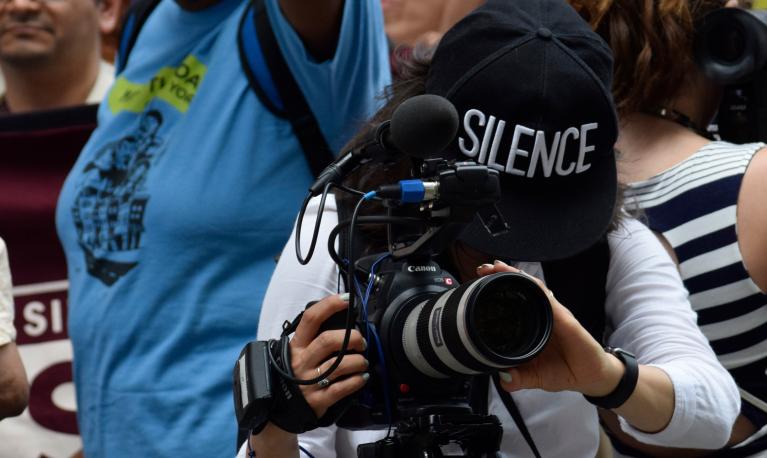
Interview
3 March 2021

1 January 2022
